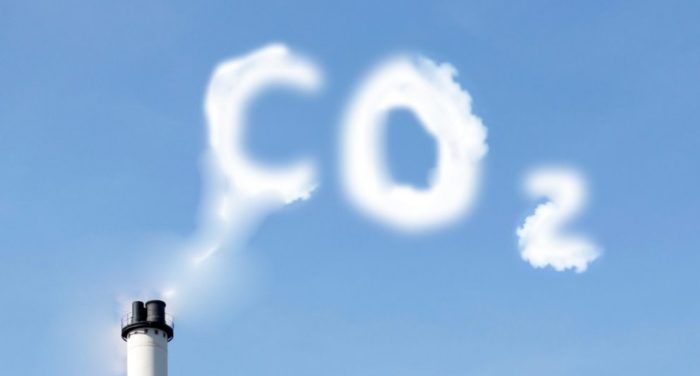The International Association of Oil & Gas Producers (IOGP) welcomes the proposed FuelEU Maritime Regulation, and makes recommendations to accelerate the achievement of lower-emission, climate-neutral shipping.
In view of the European Commission proposal on the FuelEU Maritime Regulation, IOGP makes the following recommendations:
1. Alignment with the international framework: IOGP recommends that any proposed changes are carefully aligned with the international framework in accordance with the approach under the International Maritime Organisation (IMO).
As shipping is a global industry, it is important that any proposed changes under the proposal avoid having the effect of placing EU companies at a disadvantage by comparison with those outside of the EU. That could be done by ensuring coherence between regional and global measures.
2. Technology neutral GHG intensity targets: IOGP welcomes the goal-based and technology neutral approach recognizing that a basket of different fuels each evaluated on a “well-to-wake” can contribute to the proposed GHG intensity targets. This approach should ensure the valuable role of Liquified Natural Gas (LNG), which is a well-developed and market-ready fuel that can reduce carbon emissions in the immediate future.
By investing in LNG-fuelled vessels now, ship-owners can realize immediate GHG benefits – up to 21% on a well-to-wake according to the CE Delft Study. Additionally, the European Maritime Safety Agency (EMSA) identified LNG as the cleanest option for maritime transport to significantly reduce its emissions which is available today.
Furthermore, LNG has a low risk of creating a lock-in effect. In the longer run, the LNG based assets, with little or no modifications, can use non-fossil fuel methane such as liquified biomethane (LBM) and liquefied synthetic methane (LSM), initially as drop-in fuels.
LNG could also be supplemented by other alternatives like hydrogen, methanol and ammonia. The value of LNG as a transitional fuel has been recognised in a recent joint report from EMSA and the EEA. In addition, the report highlights that LBM and LSM can be mixed with LNG, with the advantage that these alternatives can avail of technology and infrastructure that is already available.
3. Consider the benefits of low-carbon hydrogen: The proposal uses default emission values for hydrogen produced from natural gas without CCS (“grey” hydrogen). The proposal does not consider the emission benefits of “blue” hydrogen produced from natural gas with CCS, and should therefore be amended to include default values for “blue” hydrogen.































































